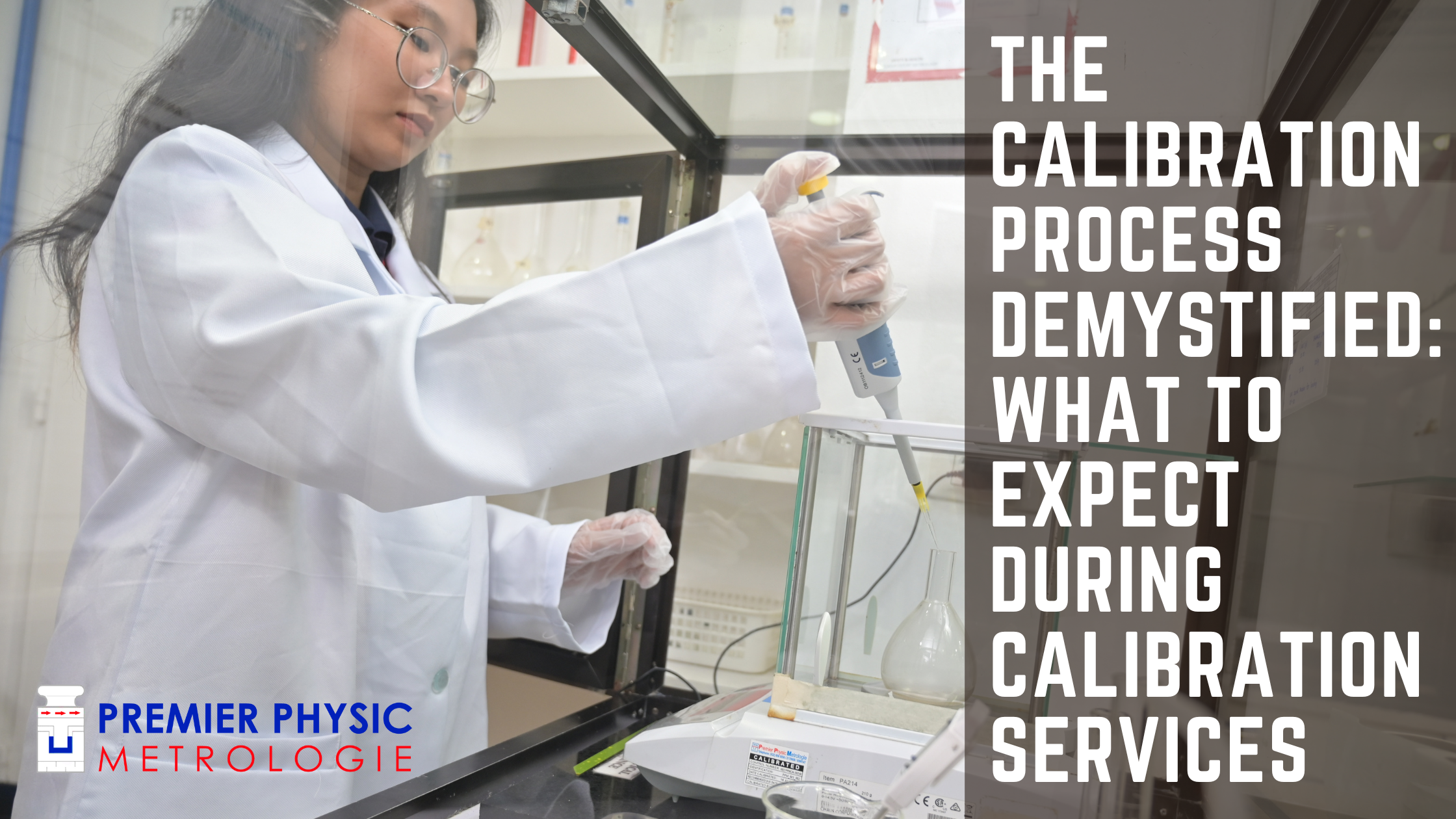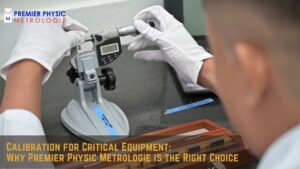Calibration services play a crucial role in ensuring the accuracy and reliability of various measuring instruments and equipment. Whether it’s in the field of manufacturing, healthcare, or research, proper calibration is essential for maintaining quality standards. In this article, we’ll break down the step-by-step calibration process and provide insights into what clients can expect when availing calibration services.
Step 1: Scheduling and Preparation Clients begin by scheduling a calibration service with a reputable calibration laboratory or provider. Upon confirmation, they are typically provided with guidelines on preparing the equipment for calibration. This may involve cleaning, removing accessories, and ensuring the equipment is in proper working condition.
Step 2: Equipment Check-In and Documentation During the check-in process, the client submits the equipment to the calibration facility. Detailed documentation is crucial at this stage, including instrument identification, model numbers, serial numbers, and any specific requirements from the client. This documentation serves as a baseline for future comparisons.
Step 3: Pre-Calibration Assessment Before the calibration process begins, technicians conduct a pre-calibration assessment. This includes visual inspections for signs of damage, wear, or any irregularities that might affect the calibration process.
Step 4: Calibration Procedure The calibration procedure itself involves a series of precise measurements and adjustments to ensure the accuracy of the equipment. This process can vary depending on the type of equipment being calibrated. Skilled technicians use calibrated reference standards and traceable measurement equipment to perform the calibration. The instrument is subjected to various test points, and adjustments are made as necessary to align it with the desired accuracy.
Step 5: Data Analysis and Adjustment Calibration involves collecting a significant amount of data, including measurements taken at different points. This data is carefully analyzed to identify any trends, inconsistencies, or deviations from the desired accuracy. If required, adjustments are made to bring the instrument’s readings into alignment with the reference standards.
Step 6: Calibration Certificate Upon successful calibration, a calibration certificate is generated. This certificate contains detailed information about the instrument, the calibration procedure, the results of the calibration, any adjustments made, and the traceability of the reference standards used. This document serves as proof of the instrument’s accuracy and compliance with industry standards.
Step 7: Post-Calibration Quality Check After calibration, a final quality check is performed to ensure that the instrument meets the desired accuracy criteria. This might involve comparing the instrument’s readings to known standards or conducting additional tests.
Step 8: Equipment Return and Report Once the calibration process is complete, the calibrated equipment is returned to the client, along with the calibration certificate and a comprehensive calibration report. The report outlines the entire calibration process, including the initial condition of the instrument, the adjustments made, and the final calibration results.
Conclusion: Availing calibration services involves a comprehensive and meticulous process to ensure that measuring instruments and equipment are accurate and reliable. Clients can expect a well-defined series of steps, from scheduling and preparation to the final delivery of calibrated equipment and documentation. Through this process, calibration services provide the assurance that the equipment used in various industries maintains the highest standards of accuracy and performance.




